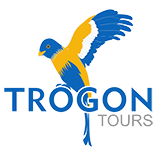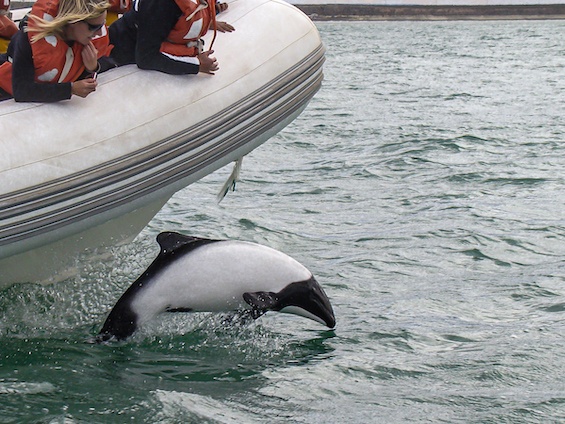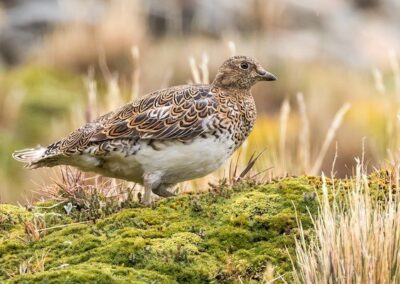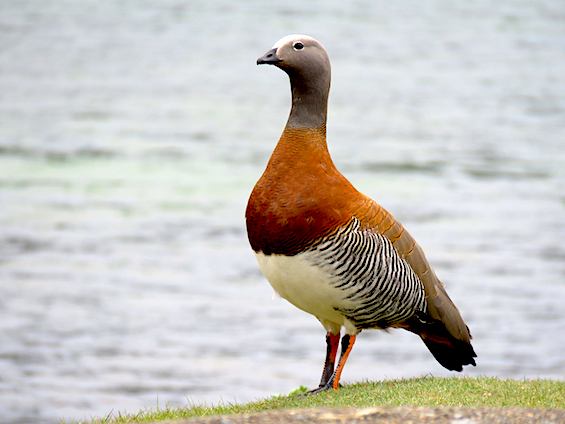Discover Patagonia’s Incredible Wildlife & Landscapes
Patagonia, a breathtaking wilderness spanning southern Argentina and Chile, is a must-visit destination for birders, nature lovers, nature photographers and adventure seekers. This remote region boasts a stunning variety of natural landscapes, from the towering Andes Mountains to the windswept Patagonian steppe, offering a home to an incredible diversity of wildlife. Travelers can spot the elusive puma, soaring Andean condors, and herds of guanacos, a wild relative of the llama. Along Patagonia’s Atlantic coastline, where sandstone cliffs meet gravel and sandy beaches, visitors can observe Magellanic penguins, basking sea lions, elephant seals, southern right whales, and even the powerful orca hunting in the nutrient-rich waters. This diverse ecosystem also includes lush temperate rainforests in Chile’s fjordlands and the vast, arid Patagonian steppe in Argentina, creating a striking contrast of habitats. Several national parks protect this pristine environment, including Argentina’s Los Glaciares National Park and Chile’s Torres del Paine National Park, both famous for their glaciers, dramatic peaks, and unique biodiversity. Whether hiking among glacial lakes, spotting rare wildlife, or exploring untouched landscapes, Patagonia remains one of the last great frontiers for eco-tourism and outdoor adventure. With its untamed beauty and rich biodiversity, Patagonia continues to be a top destination for those seeking once-in-a-lifetime travel experiences in one of the most spectacular natural regions on Earth.
Patagonia – Your Journey, Your Way
These tours serve as a starting point for what your adventure in Patagonia could look like. They highlight routes we’ve found to work exceptionally well and showcase some of our favorite places to stay. Consider them inspiration—every trip we design is uniquely tailored to you, ensuring your Patagonia experience perfectly matches your interests and travel style.
Need More Information?
For specific travel advice tailored to your destination, please send us an email. Our team of experts is ready to provide personalized guidance to help you plan the perfect trip. We look forward to hearing from you and assisting with your travel plans!











